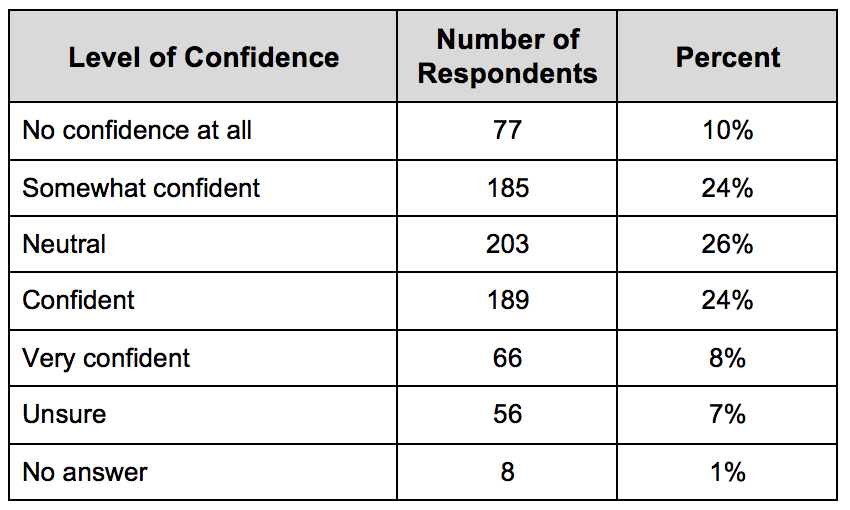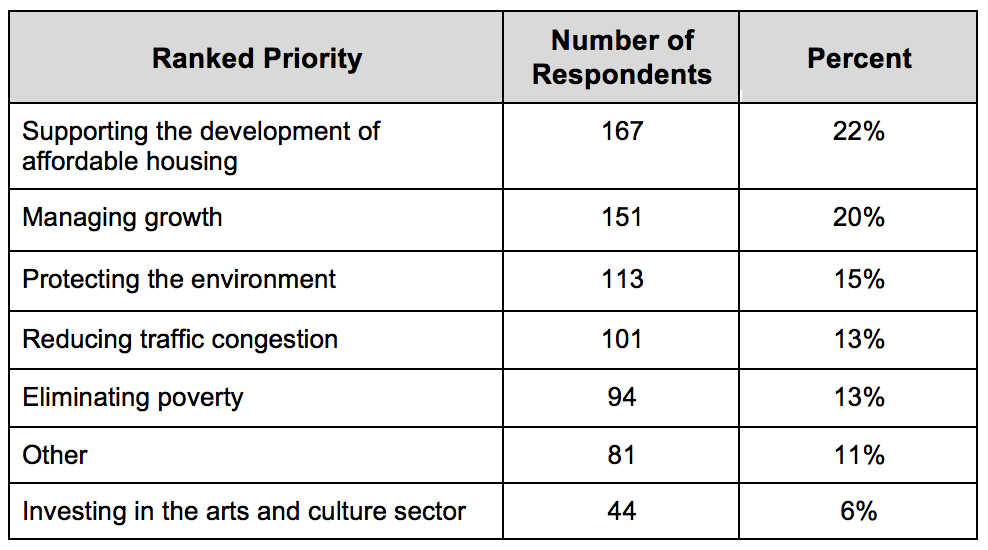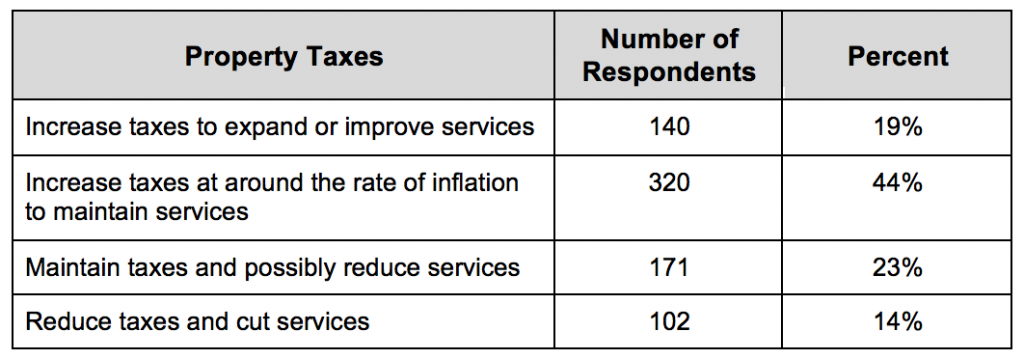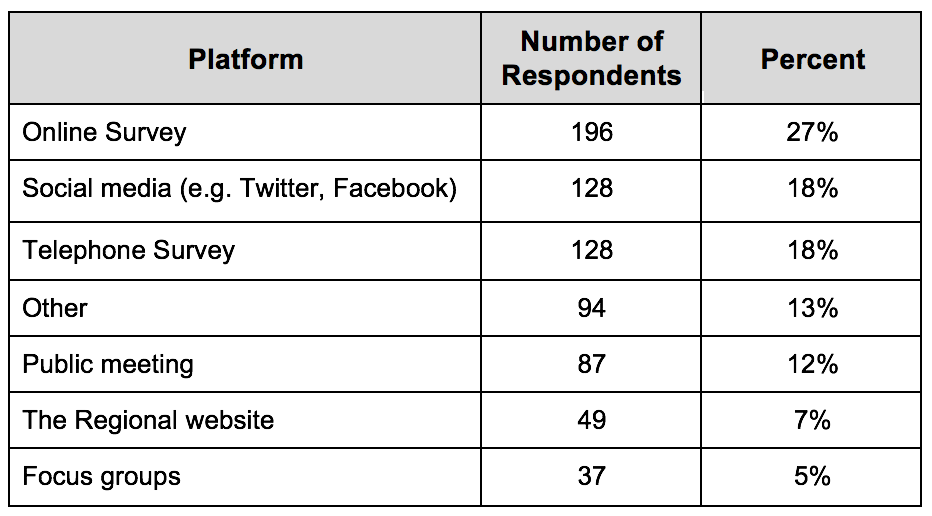By: Onomo Ogbe
The Ontario government earlier this year removed rent control for new units while maintaining rent control for current tenants as part of a new housing supply action plan. In the past few years, many countries and jurisdictions (e.g. the United Kingdom, Germany, and four states in the United States of America) have enacted stringent policies on land use and building regulations. Policies like this make it harder to build additional housing units in many places, including Canada. The demand for housing is rising and so is the price because of the low supply of homes. Limiting the ability of landlords to charge market rent, leads to a withdraw of units from the market and conversions to higher valued units, like condominiums, which are not subject to rent controls.
Evidence from San Francisco The American Economic Review, led by Rebecca Diamond, wrote a report showing how rent control impacts tenants, landlords and the economy. Introducing rent controls caused:
· Reduced renter mobility by 20 percent while affected landlords reduced their rental housing supply by 15% and
· Landlords to shift resources to other real estate exempt from rent control.
Instead of addressing problems for tenants, rent controls combined with rising demand made the rental situation worse.
Payback of Ford’s new policy on rent control
Rent controls are motivated by the desire to assist the less privileged in what is believed to be a defective competitive market. However, they often make the situation worse. By eradicating rent control on new units, the Progressive Conservative government hopes to increase unit supply by incentivizing investors and encouraging developers to build.
Removal of rent control policies in Toronto is already having an impact. The recent rise in purpose-built rental housing entering the Toronto market demonstrates the flaws in the previous government’s rent control policies. High rental costs and housing scarcities are best fixed by building more homes, not by creating policies that restrict supply.
Existing tenants do benefit from rent controls, through lowering housing costs, but at the expense of the Landlords, society as a whole, new tenants, and those who wish to move. Rent controls allow tenants to stay at their current home virtually indefinitely without facing market increases in the house rent. In theory, this prevents Landlords from setting rents too high.
Why rent control policy is not the solution
Yet, rent control increases the quantity demanded for rent, while also decreasing the quantity supplied. In other words, it creates a shortage. Landlords also lose any incentive to improve their rental properties. Low-income individuals who are “lucky” enough to have a rent-controlled apartment are in effect sentencing themselves to a life of deteriorating amenities. Developers, as a result, have more reason to favour condominium development, due to higher possible returns, thus making it more difficult for tenants to move from their deteriorating units, as the supply is not available.
What will benefit renters?
Relaxing of rent controls would benefit renters. However, the existence of rent controls has so distorted the market that more actions are also required. Tax incentives to developers to build new rental apartments will help to increase the supply of rental units and make renting more affordable.
Tightening rent control or adopting new control will not make things better except for people renting in the short term. According to Mayor John Tory, affordable housing initiatives should precede any rent control changes. He said, “The housing affordability issue in Toronto is too serious to consider relaxing rent controls before increasing supply”. Yet, if we truly wish to improve conditions for renters, government needs to ease the restrictions on housing supply, so more homes get built.




